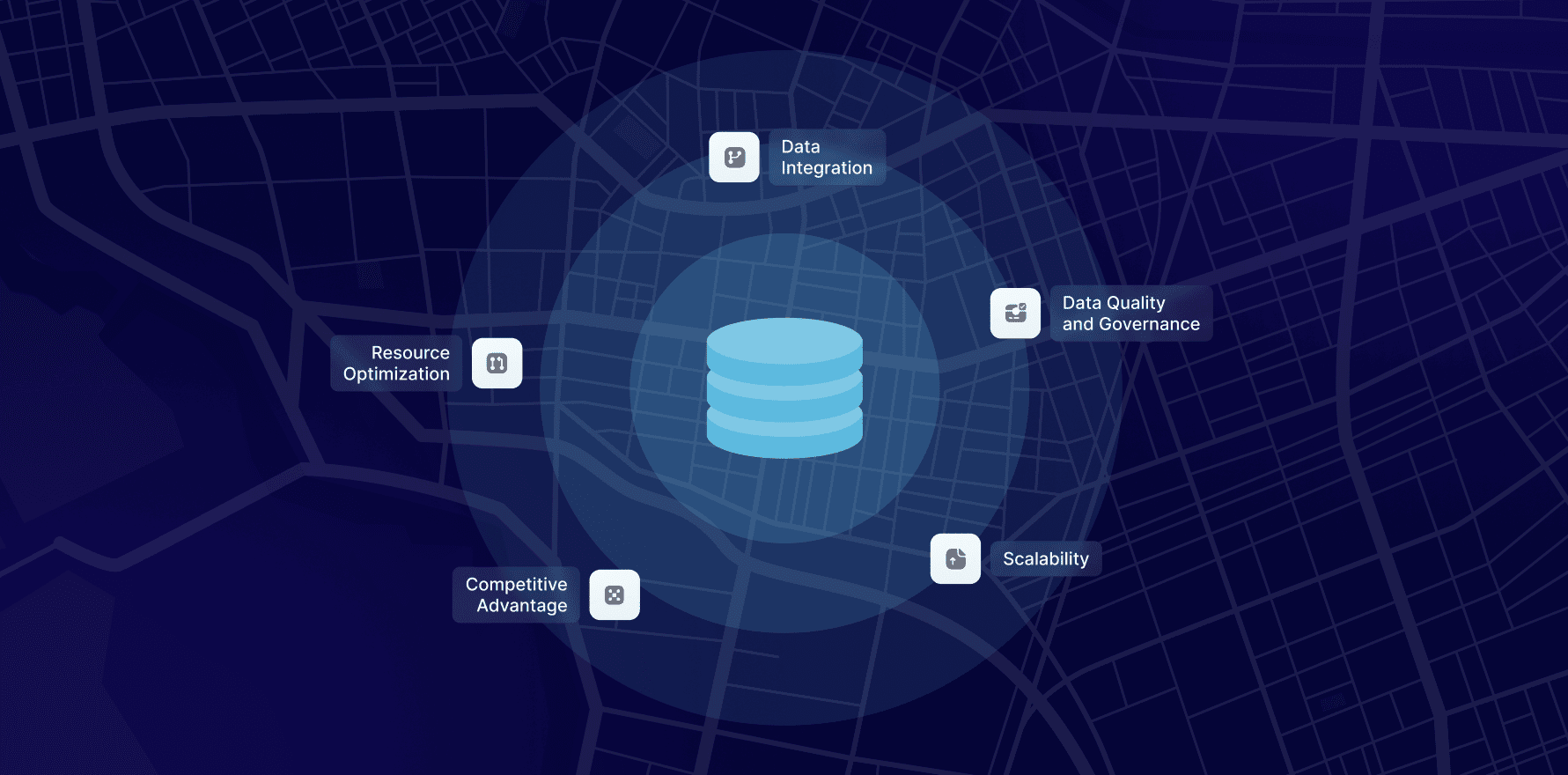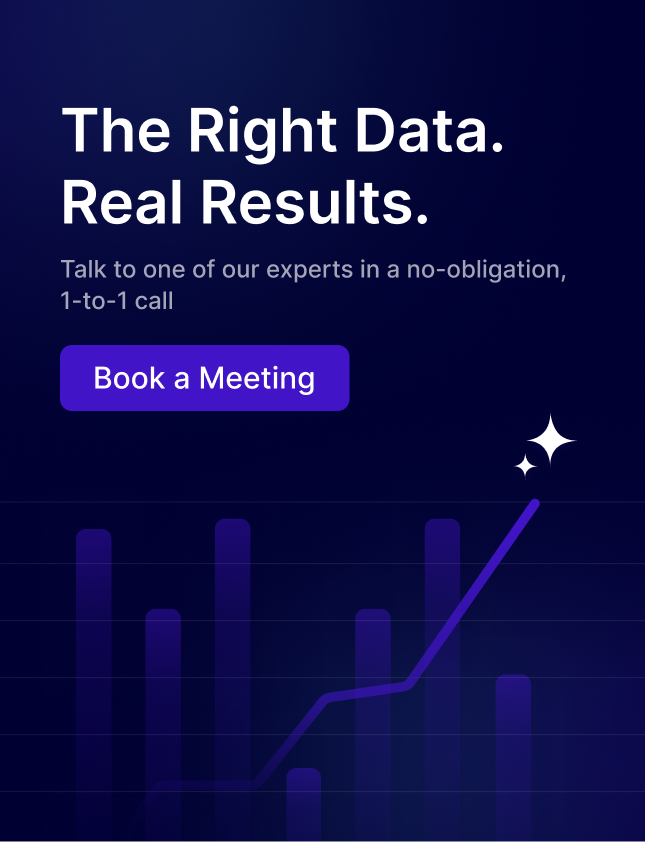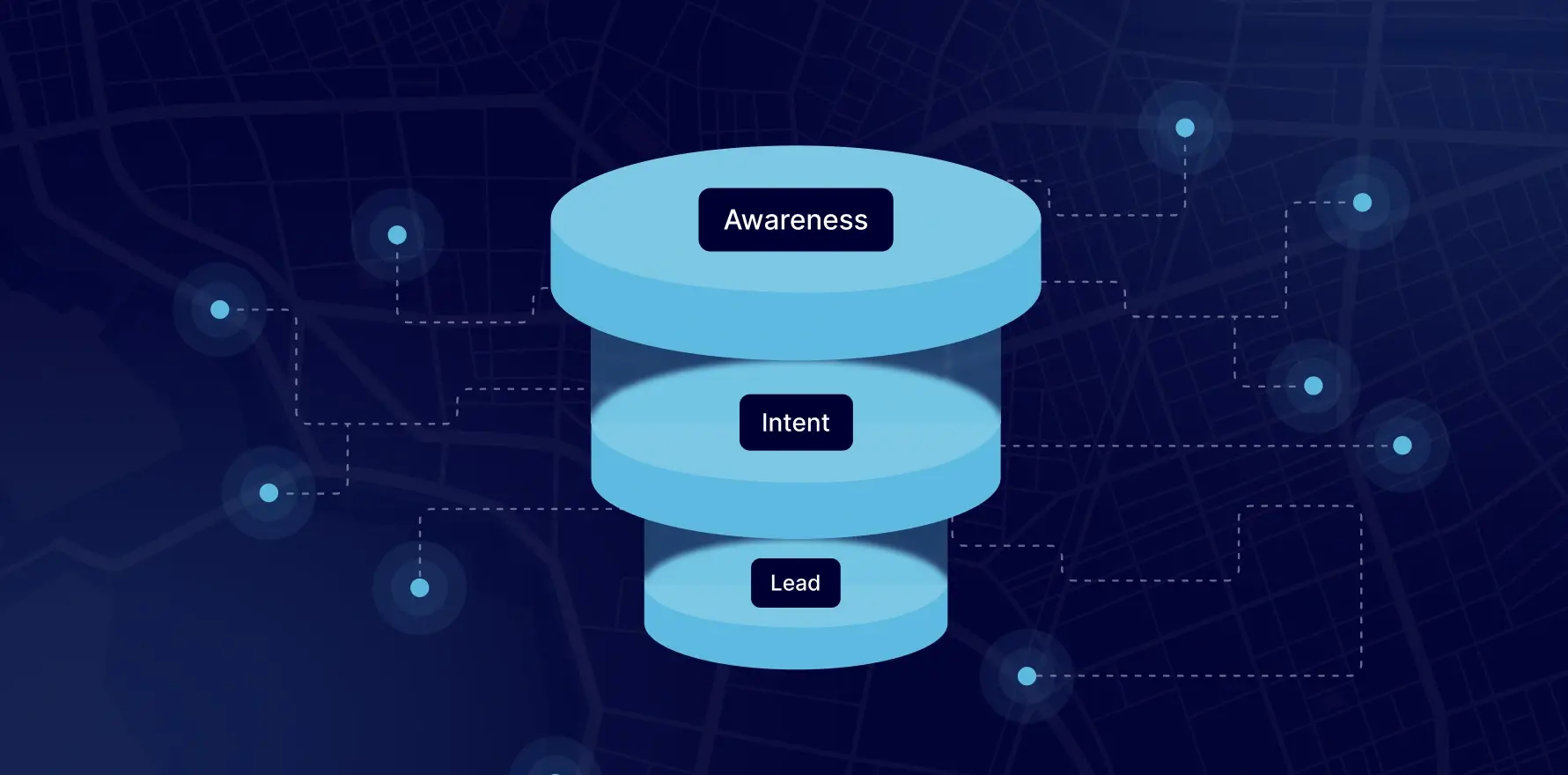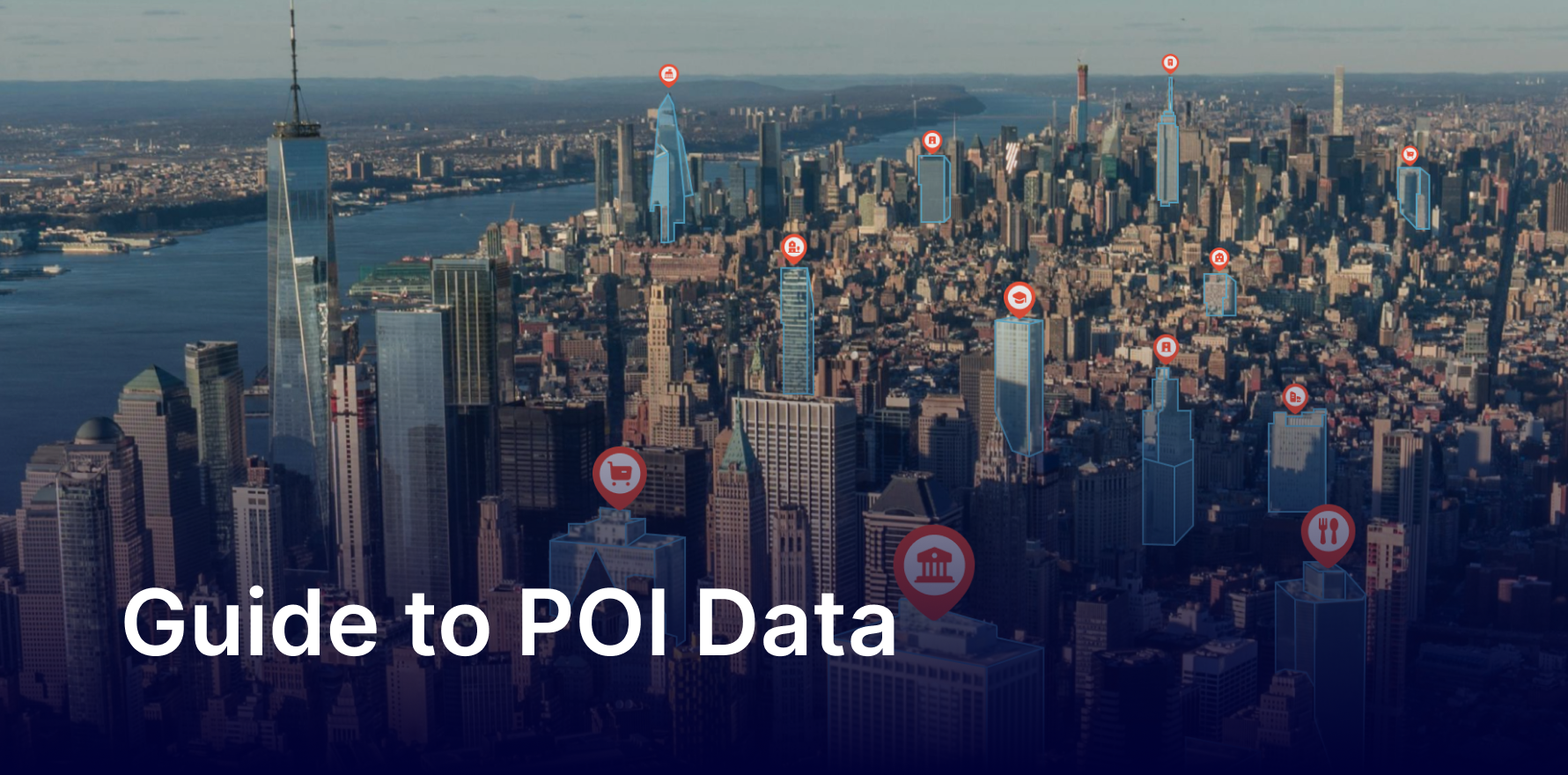In today’s data-driven world, businesses that harness external data gain a significant competitive edge. External data, derived from sources outside the organization, can provide insights that internal data alone cannot offer.
77% say data-driven decision-making is increasingly important for data and analytics professionals. [source] 40% of enterprises worldwide (50% in the US) say using data and intelligence strategically to create competitive differentiation is a key critical lever to running a digital business
74% of enterprises are utilizing location data to create intelligent context [source]
Here’s how external data benefits businesses and why a robust data strategy is essential.
The Benefits of External Data
1. Market Insights
External data provides a broader perspective on market trends, customer behavior, and the competitive landscape. By analyzing industry reports, social media trends, and market research, businesses can identify opportunities and threats that might not be visible through internal data alone.
2. Customer Understanding
Access to external customer data, such as social media activity, purchase behavior, and demographic information, helps businesses create more accurate customer profiles. This enhances personalized marketing efforts, leading to higher customer engagement and satisfaction.
3. Improved Decision-Making
Combining internal data with external sources like economic indicators, weather patterns, and geopolitical events can improve the accuracy of predictive models. This leads to better forecasting and more informed strategic decisions.
4. Risk Management
External data can identify potential risks, such as supply chain disruptions, regulatory changes, and economic downturns. By integrating this data into risk management strategies, businesses can mitigate risks more effectively and ensure continuity.
5. Innovation and Product Development
Insights from external data sources can inspire innovation and drive product development. Understanding emerging trends, customer needs, and technological advancements allows businesses to stay ahead of the curve and deliver products that meet market demands.
Why Businesses Need a Data Strategy
1. Data Integration
A data strategy ensures seamless integration of external and internal data sources. This creates a unified information view, enabling more comprehensive analysis and better decision-making.
2. Data Quality and Governance
A well-defined data strategy establishes data quality standards and governance frameworks. This ensures that external data is accurate, reliable, and used ethically, maintaining compliance with data protection regulations.
3. Scalability
As businesses grow, their data needs evolve. A scalable data strategy allows organizations to adapt to increasing data volumes and complexity, ensuring they can continue to leverage external data effectively.
4. Competitive Advantage
A strategic approach to data utilization positions businesses ahead of competitors. By leveraging external data insights, companies can anticipate market shifts, meet customer needs more effectively, and innovate continuously.
5. Resource Optimization
Implementing a data strategy helps allocate resources efficiently, ensuring that data collection, analysis, and application efforts are aligned with business goals. This maximizes the return on investment in data initiatives.
Implementing a Data Strategy
1. Define Objectives
Clearly outline what you aim to achieve with your data strategy. Objectives could include improving customer insights, enhancing product development, or optimizing operational efficiency.
2. Identify Data Sources
Determine which external data sources are most relevant to your objectives. This could include market research reports, social media data or, or reaching out to external data partners like Factori to source datasets like – POI data, Consumer data, Location data, Audience data, and Mobility data – check out all Factori data catalogs.
3. Data Integration Tools
Invest in tools and technologies that facilitate the integration of external and internal data. Data management platforms, ETL (Extract, Transform, Load) tools, and APIs can help streamline this process.
4. Data Governance Framework
Establish policies and procedures for data quality, privacy, and security. Ensure that data usage complies with relevant regulations and industry standards.
5. Analytics Capabilities
Develop advanced analytics capabilities to extract actionable insights from data. Machine learning, AI, and predictive analytics can enhance your ability to leverage external data effectively.
6. Continuous Improvement
Review and refine your data strategy regularly. Stay updated with the latest data sources, tools, and best practices to ensure they remain effective and aligned with business goals.
Conclusion
External data is a powerful asset that can drive business growth, innovation, and risk management. However, businesses need a robust data strategy to leverage its potential fully. By integrating external data with internal insights, maintaining data quality, and continuously refining their approach, organizations can gain a competitive edge and effectively navigate the complexities of the modern business landscape.
Want to learn more about how you can implement data strategy for your business? Schedule a free discovery call with our data experts and get personalized recommendations.
You may also like










